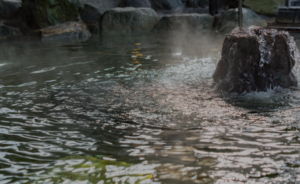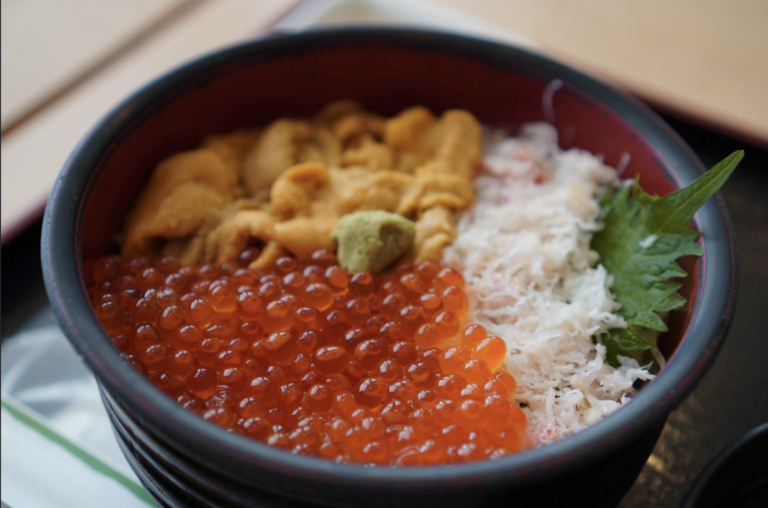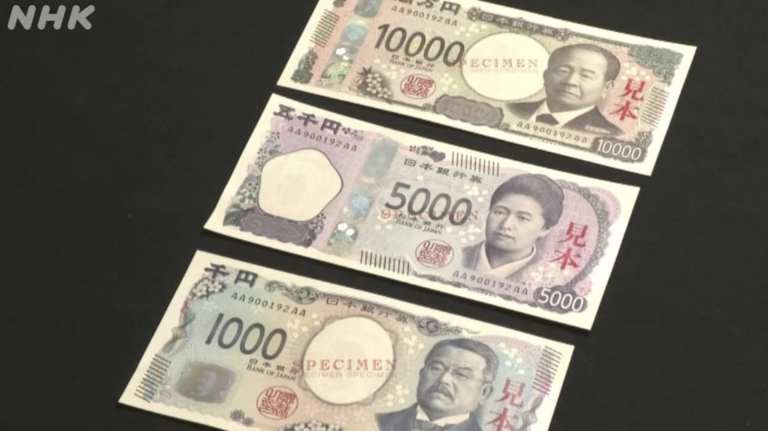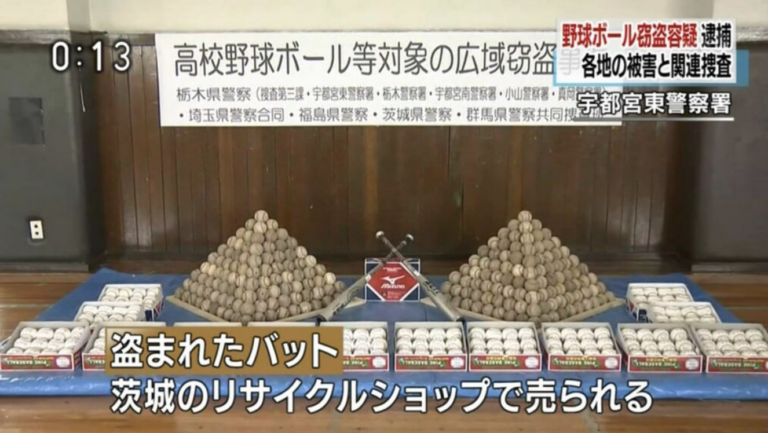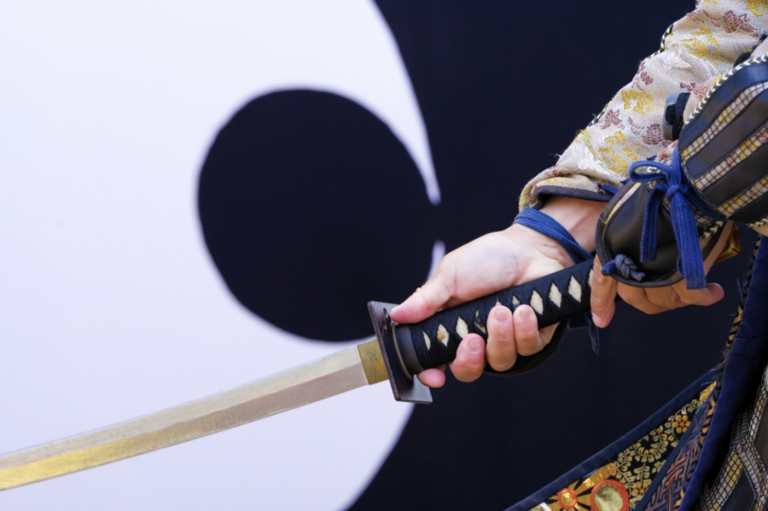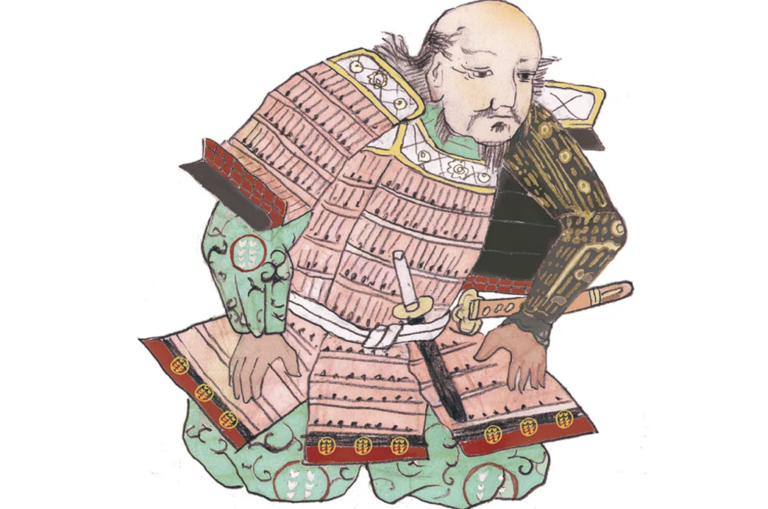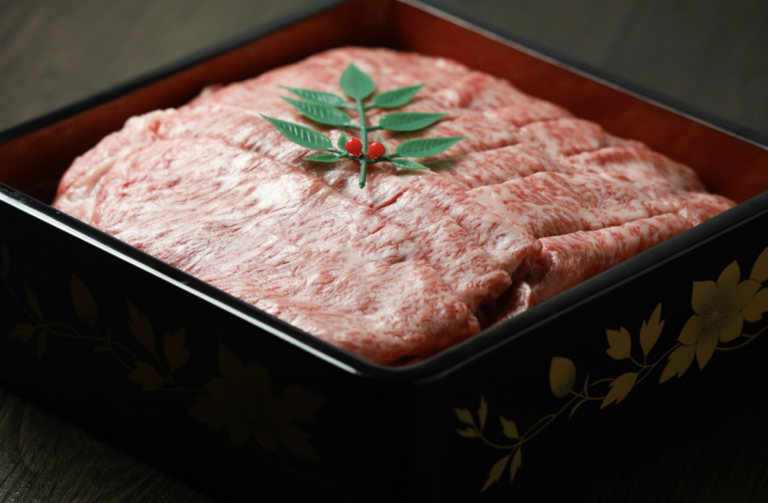Japanese baths were outrageous!? Shocking customs that surprised foreigners
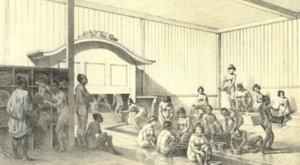
Although few in number among Japanese hot springs, there is a type of bath called “konyoku”, where both men and women can enter naked. These are not dubious sex-related baths, but regular ones.
The reason these kinds of baths exist is because mixed bathing was perfectly normal in the past.
I will tell you about the bathing situation that surprised foreigners who came to Japan at that time.
Japan has a lot of volcanic areas with natural hot springs gushing out in each region, and the custom of taking a bath has existed since around the 6th century. Taking a bath in a hot spring was considered a healthy thing to do and since that time it was said to avert illness and bring happiness.
Temples were also equipped with a bath to “remove spiritual and physical impurities”.
Bathing conduct
Even in the homes of common people, those with a little money began to install baths, and the culture of “bathing conduct” emerged whereby they would invite guests to take a bath and then prepare a delicious feast for them.
Edo period: Todana-buro (cupboard bath)
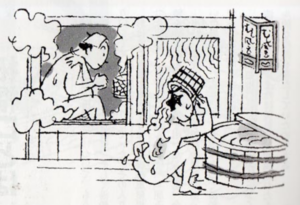
The end of the samurai-centered Edo period (1603-1867) was a time of peace, and it was here that the “todana-buro” style became popular.
The lower half of the body is in the bathtub, while the upper half is in a steam sauna. To keep the heat in, you enter a box-like structure, named so because it resembles a cupboard.
Public bathhouse that was also a brothel
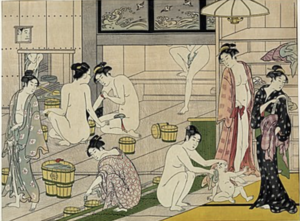
There was a public bathhouse called a yuna-buro (bathhouse for women).
During the day, they worked at the bathhouse to wash customers’ backs, but in the evening, they engaged in prostitution.
Since they were naked already, maybe it was kind of an afterthought…
On the second floor of the bathhouse
Here they seemed to have had a space to relax, and sometimes men and women who met there did all kinds of things. That is, after they had washed themselves clean of course.
In the early Edo period, the ratio of men and women was extremely unbalanced in Edo (present-day Tokyo), with many men coming there to work as migrant workers. Consequently, female infidelity was quite common, to the extent that a death sentence was declared for adultery in an attempt to reduce it.
Even so, few women were actually executed. It seems that those on the side of the law felt that the death penalty should not be imposed for mere adultery.
After that, a rule was made so that men and women must bathe separately, and although this is the norm today, there are still a small number of hot springs in Japan that retain mixed bathing as a remnant of the past.
My friend was excited to enter a mixed bathing hot spring, but all the local women were quite elderly, and he ended up being ridiculed by them.
Young women today do not often enter mixed baths.
Please don’t get your hopes up too high!
ABE KENGO


